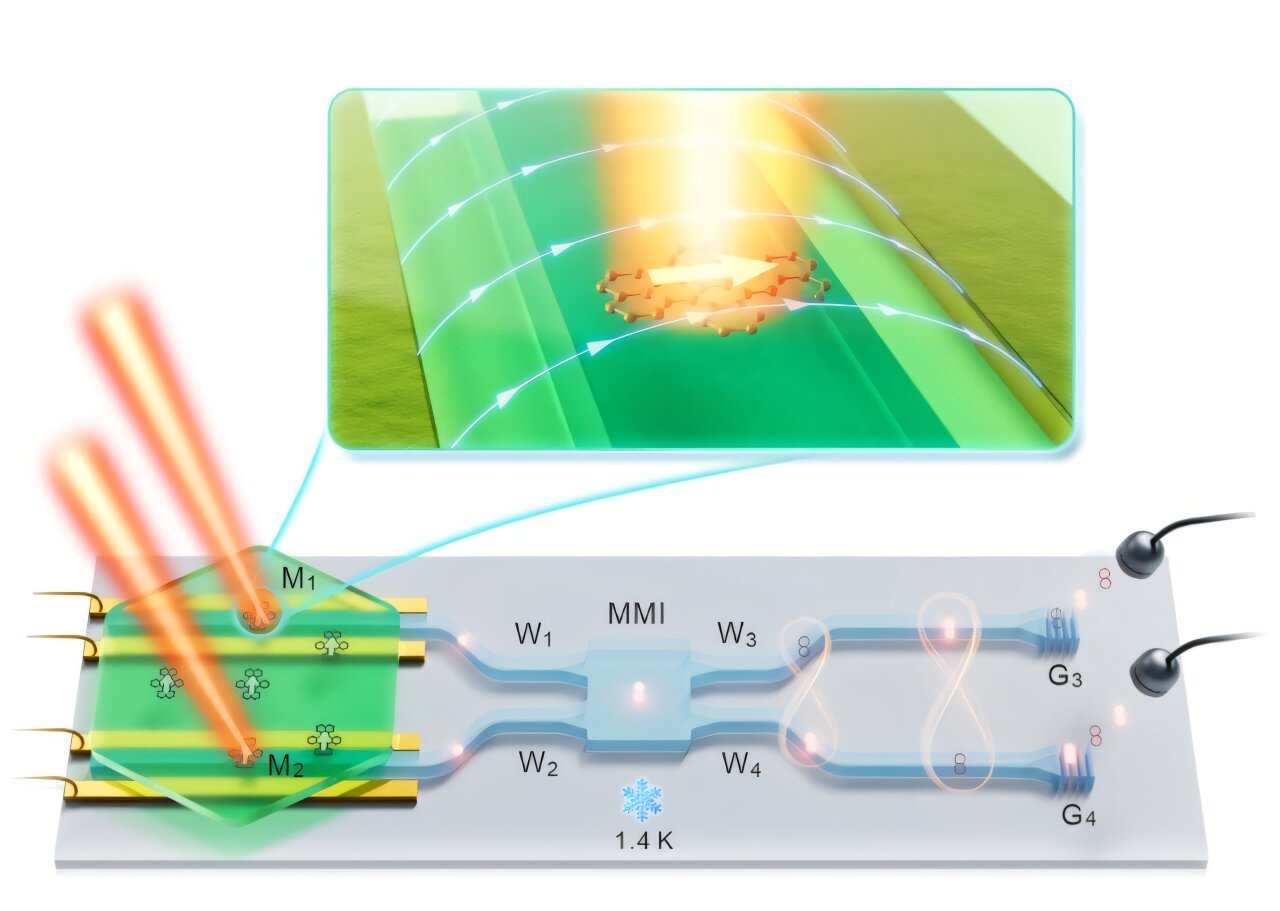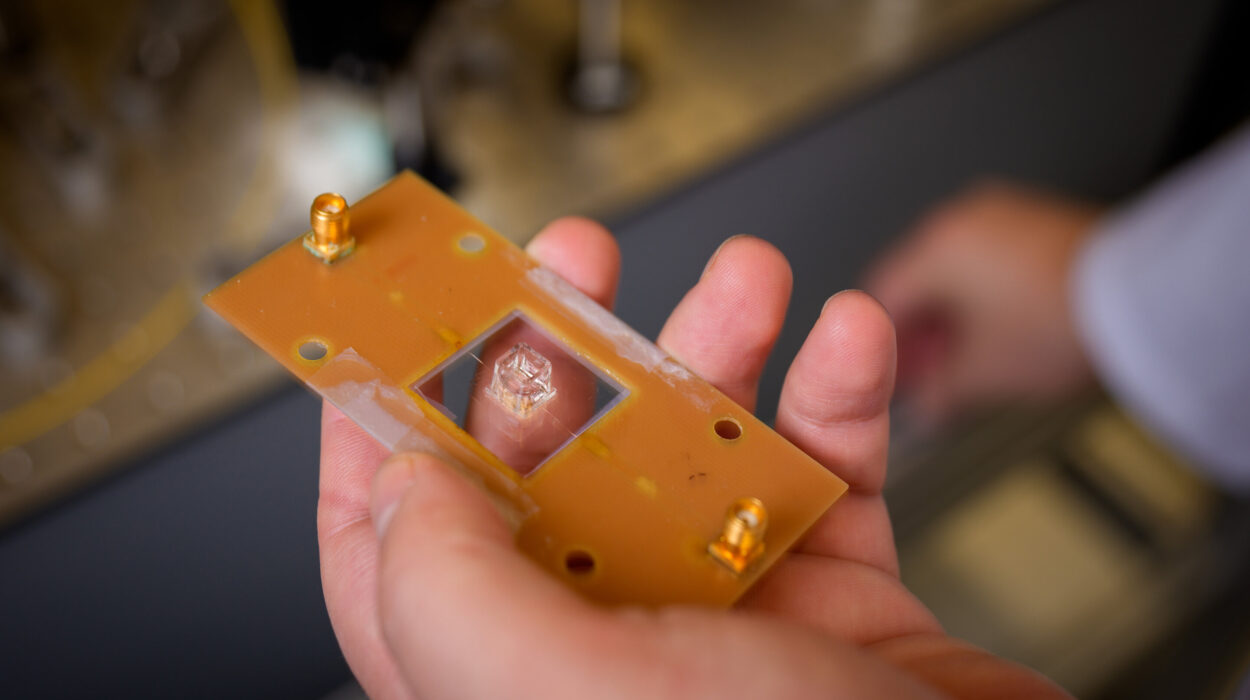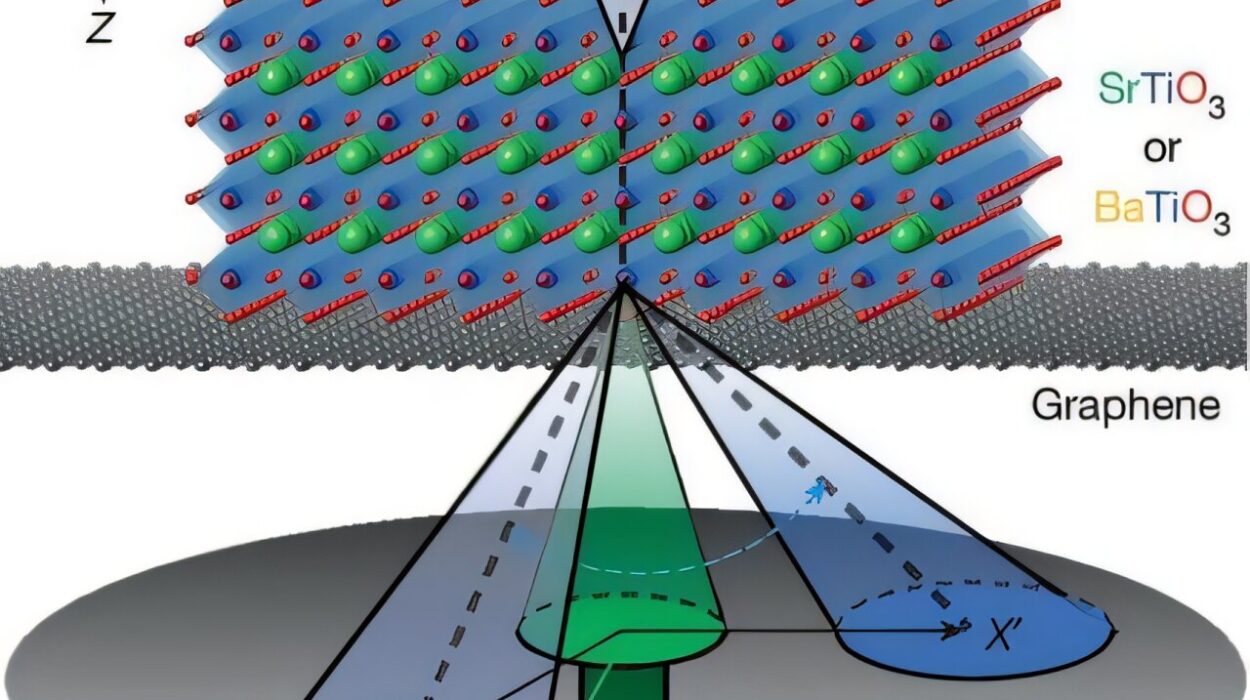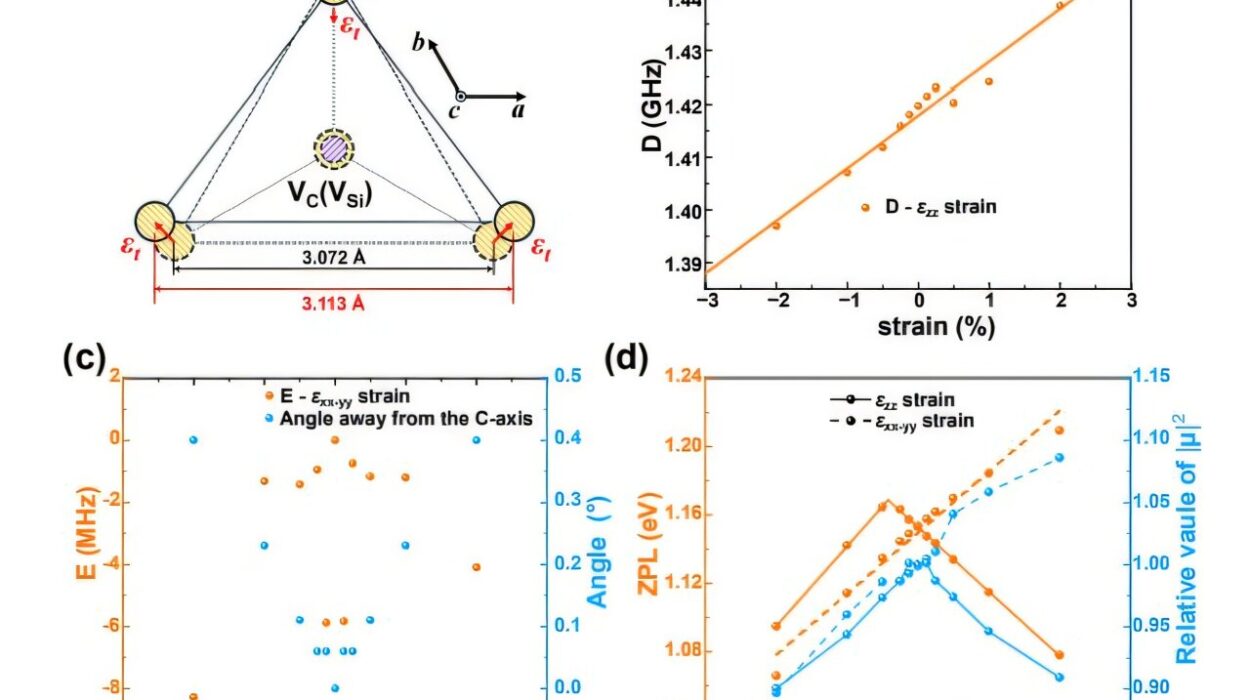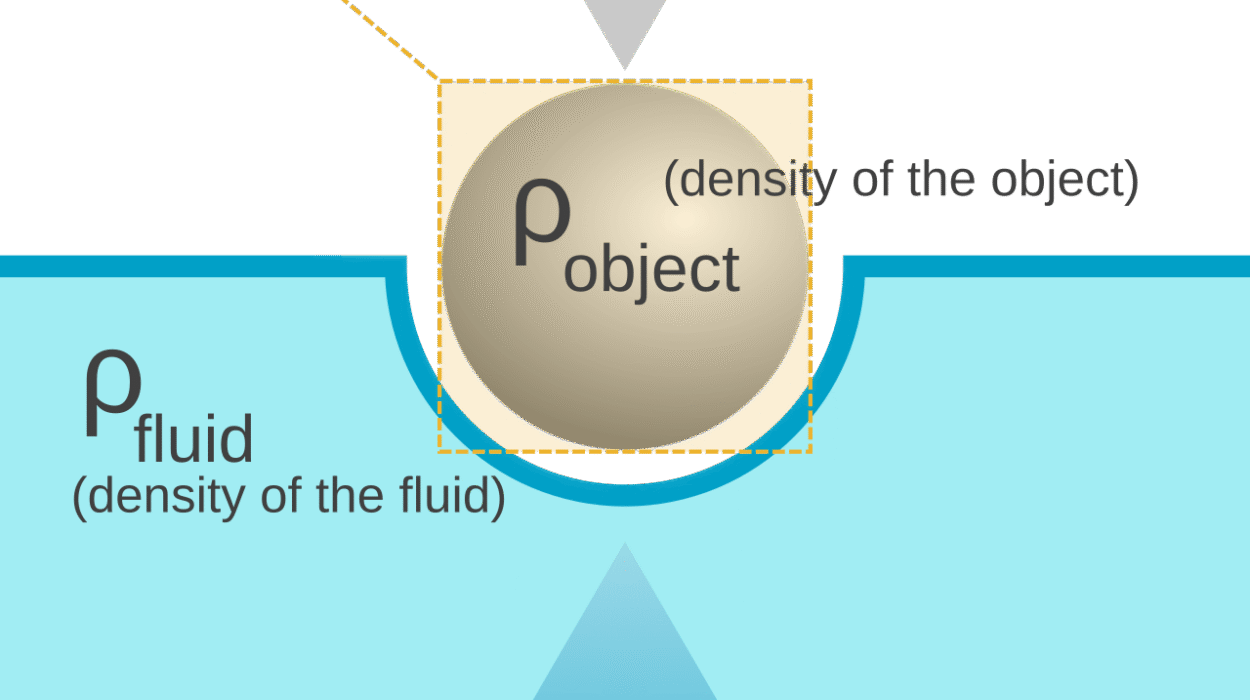Imagine a future where quantum computers don’t just exist in labs, but in the devices we use every day—our phones, our computers, maybe even in the cloud. It’s a vision that could change everything: communications, computing, and our understanding of the universe itself. At the heart of this future lies a puzzle—how to build quantum processors that are efficient, reliable, and scalable.
For years, scientists have been trying to integrate many quantum bits, or qubits, into small chips that can process information. But there’s a problem. The most common type of quantum chip—those using photons, or particles of light—has struggled with a major limitation. The photons generated by these chips are rarely “indistinguishable.” In simpler terms, the photons don’t behave in exactly the same way, which is essential for making quantum systems work reliably on a chip.
That is, until now. A team of researchers from Huazhong University of Science and Technology, Wuhan Institute of Quantum Technology, and Zhejiang University has introduced a new kind of chip that could overcome these challenges and unlock a new era in quantum computing.
The Challenge of Making Photons “Indistinguishable”
The problem researchers have faced in making these quantum chips is that they often rely on solid-state single-photon emitters. But these emitters tend to suffer from a phenomenon known as “spectral diffusion.” In essence, this means that the frequency of the light they emit shifts unpredictably, making it difficult to ensure that all the photons behave the same way. This lack of consistency is a roadblock for building large-scale quantum photonic processors that need multiple photons to interact reliably.
Without solving this problem, scaling up quantum computers would remain a distant dream. Researchers realized that they needed a better way to make sure that all the photons emitted on a single chip were indistinguishable—exactly the same in terms of their frequency, polarization, and other properties.
A New Vision for Quantum Chips
Enter Xue-Wen Chen and his team. For years, Chen had been exploring ways to integrate organic molecules into photonic circuits to create more stable and reliable single-photon sources. In their earlier research, Chen and his colleagues discovered that organic molecules embedded in a single-crystalline nanosheet could exhibit something rare: remarkably stable, lifetime-limited emission when coupled with photonic circuits. This was a breakthrough because lifetime-limited emission means that the photon’s properties—like its color—are determined solely by the natural processes in the molecule, rather than by external factors like environmental noise or the molecule’s surroundings.
This discovery planted the seed for the team’s next big idea: to create a chip that could host multiple indistinguishable single-photon sources. The result? A new molecular quantum photonic chip that could integrate light-emitting single molecules with highly efficient optical components, known as single-mode waveguides.
“This insight motivated us to pursue a molecular quantum photonic chip capable of hosting multiple indistinguishable single-photon sources in parallel,” Chen explained. “The present study represents the first major step toward that vision.”
A Quantum Step Forward
To achieve this, the researchers needed to prove that their chip could integrate not just one, but multiple indistinguishable single-photon sources. To do so, they began by embedding two independent molecules within a single-crystalline organic nanosheet and connecting them to single-mode waveguides—a type of optical component that efficiently guides light along a narrow path, like a tiny highway for photons.
What happened next was nothing short of magical. When the photons emitted by the two molecules were sent through the chip and directed to a beam splitter, the photons met and “interfered” with each other in a quantum process known as Hong-Ou-Mandel (HOM) interference. This phenomenon occurs when two indistinguishable photons overlap and “coalesce,” meaning they behave as if they are one particle. It’s a hallmark of quantum behavior, demonstrating that the photons were truly indistinguishable.
Chen and his team had achieved what they set out to do: they had successfully created two independent, indistinguishable single-photon sources on the same chip. This is an enormous step forward because it means that quantum processors using this chip could reliably process quantum information with multiple photons.
“Our molecular quantum photonic chip is built on a hybrid integration platform that combines molecule-embedded organic nanosheets, silicon-nitride photonic circuits, and metal microelectrodes,” Chen explained. This innovative design is the key to ensuring that the photons are efficiently generated, directed, and made indistinguishable, setting the stage for larger-scale quantum processors.
Fine-Tuning the Photons
The real genius of this chip lies in its ability to be fine-tuned. Each molecule in the system can be electrically tuned, meaning its emission frequency can be adjusted with precision. By applying carefully calibrated electric fields via metal electrodes on the chip, the researchers could shift the transition frequencies of the molecules so that they matched perfectly.
This ability to tune the molecules electrically adds another layer of flexibility to the chip, making it even more valuable for quantum processors. “Each molecule then emits single photons into its respective waveguide, and these photons are routed to an on-chip beam splitter,” Chen said. “At the beam splitter, the photons meet and undergo HOM interference, causing them to coalesce into the same output port when they are truly indistinguishable.”
By measuring the second-order correlation between the outputs at the beam splitter, the team could quantify how well the two photons had behaved identically, further confirming the success of their approach.
Towards a Scalable Quantum Future
So, what does this mean for the future? For Chen and his team, it’s just the beginning. With this chip, they have shown that it’s possible to integrate multiple indistinguishable single-photon sources into a single device. This is a crucial step toward building scalable quantum photonic processors that can perform complex tasks, such as quantum simulations and information processing.
“Having taken this critical first step, we can further pursue the realization of larger-scale chip-integrated multichannel indistinguishable single-photon sources and quantum interference,” Chen explained. “This lays a critical foundation for achieving scalable optical quantum information processing.”
But the work doesn’t stop there. The team plans to continue improving their chip and expanding its capabilities. “Looking ahead, we plan to expand the platform to support larger arrays of indistinguishable single-photon sources and to further enhance light–matter interaction through structures such as microcavities and slow-light waveguides to improve efficiency,” Chen added.
These advances will open the door for even more sophisticated quantum processors, enabling integrated quantum logic operations and setting the stage for scalable quantum computing and communications.
Why This Research Matters
Quantum technologies have the potential to revolutionize the way we process information, communicate securely, and simulate complex systems that are beyond the reach of classical computers. However, the journey toward realizing this potential has been fraught with challenges, many of which revolve around the difficulty of integrating stable, indistinguishable quantum particles, like photons, into reliable devices.
By solving the problem of integrating multiple indistinguishable single-photon sources on a chip, this research brings us one step closer to scalable quantum processors. These processors could one day power everything from ultra-secure communications networks to simulations of molecules and materials that would be impossible to study with today’s computers. In short, this work lays the groundwork for the future of quantum computing—and the possibilities are limitless.
More information: Tailin Huang et al, On-chip quantum interference of indistinguishable single photons from integrated independent molecules, Nature Nanotechnology (2025). DOI: 10.1038/s41565-025-02043-7.
